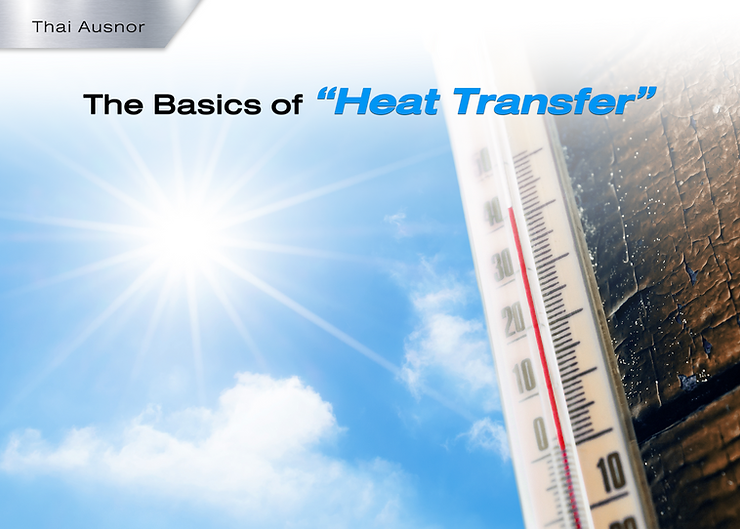The Basics of Heat Transfer
- mkt than
- Jan 30, 2024
- 1 min read
Updated: Jan 31, 2024

Heat transfer is a fundamental process that occurs in various systems and industries. Understanding the basics of heat transfer is crucial to comprehending the significance of heat exchangers.

Heat transfer can occur through three different mechanisms: conduction, convection, and radiation.
1. Conduction is the process of heat transfer between solids or stationary fluids through direct molecular interaction. This mechanism relies on the transfer of kinetic energy from higher-energy molecules to lower-energy molecules.
2. Convection, on the other hand, involves the transfer of heat through the movement of fluids. It occurs when a fluid is heated, expands, becomes less dense, and rises, creating a circulation pattern. This process can take place naturally or be facilitated by mechanical means.
3. Radiation is the transfer of heat through electromagnetic waves, without the need for a medium to carry the heat. This mechanism is responsible for the transfer of heat from the sun to the Earth and is also utilized in various heating systems.
Understanding these mechanisms is crucial in comprehending the intricate workings of heat exchangers and how they facilitate the transfer of thermal energy.
If you have any questions or would like to get further details about heat exchangers, please feel free to contact us, Thai Ausnor.
